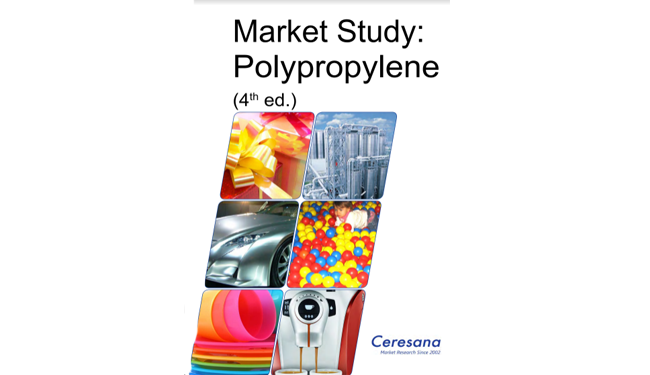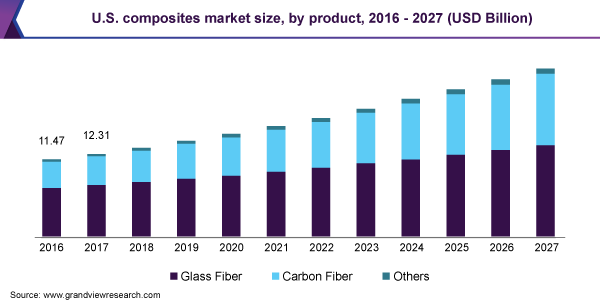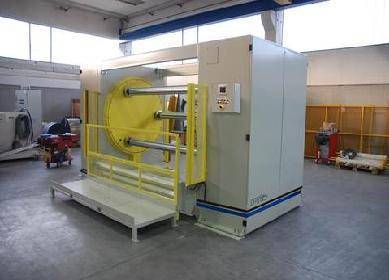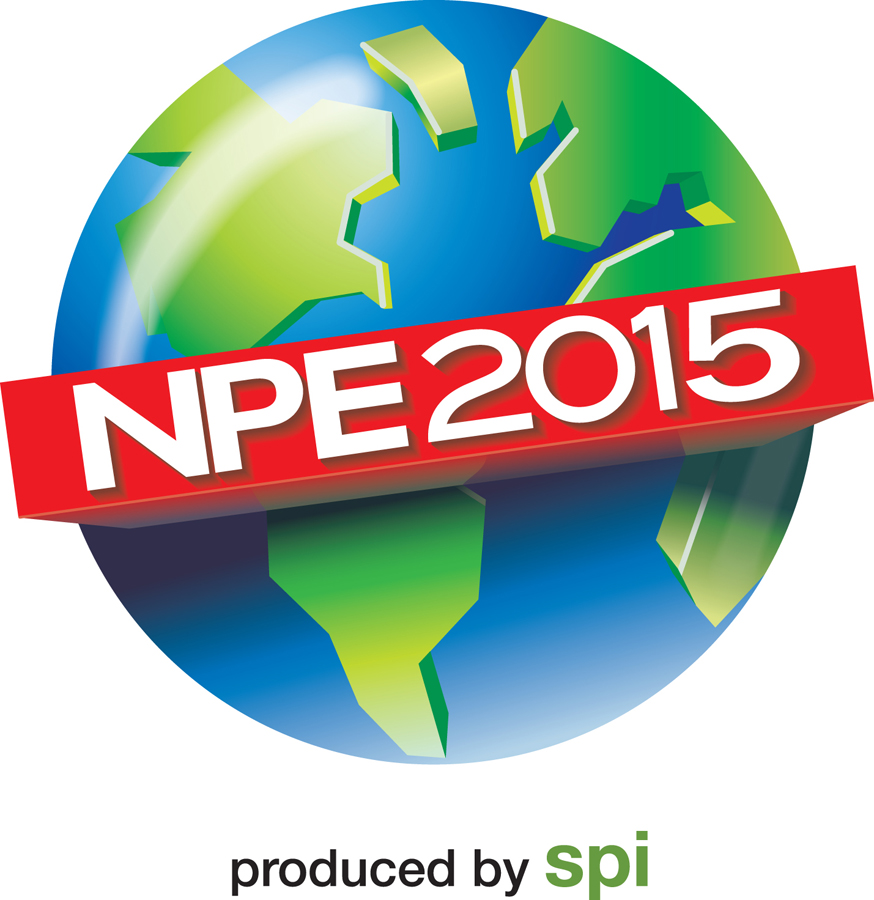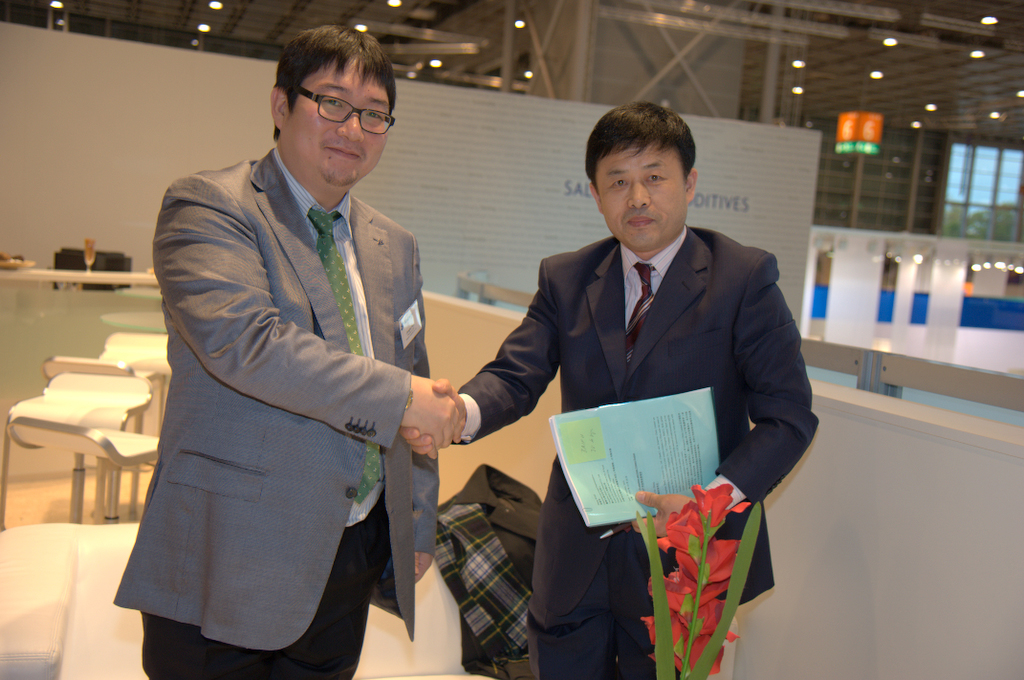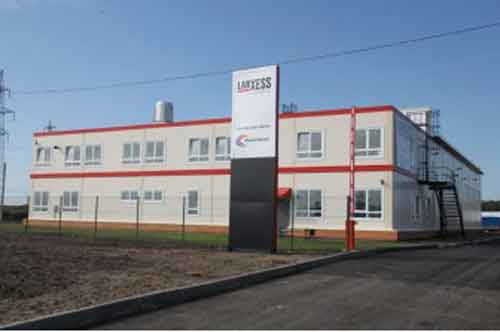Polypropylene (PP) is the second most important standard plastic after polyethylene, compatible with many processing technologies, and used for the most diverse applications ranging from packaging to household appliances, clothes, and vehicles. Ceresana analyzed the global market for polypropylene already for the fourth time. The latest report of the market research company expects the demand for this type of plastics to grow by, on average, 3% per year until 2024.
Polypropylene – Keeping It Fresh
The most important sales market for polypropylene in 2016 was flexible packaging with a demand volume of 17.66 million tonnes. Widely spread every-day products such as shrink-wrap packaging, shopping bags, and packaging for cigarettes or snacks are included. The production of rigid packaging, such as yoghurt cups, containers, bottles, and closures of all kinds ranked second. Since it is one of the most versatile packaging materials, polypropylene can assert itself against the competition of PET and other plastics. The application areas consumer goods and fibers followed.
Injection Molding under Pressure
Injection molding is an important processing technology in the plastics industry and of special importance for polypropylene in particular. The comparatively fast process is used for the production of large volumes of identical goods ranging from disposable products to highly complex precision components. The types of molded parts made are almost limitless. In 2016, almost 23 million tonnes of PP were processed in injection molding. The analysts of Ceresana forecast growth rates of 3.4% per year in the upcoming eight years for this process.
Growing Diversity
Polypropylene is a semi-crystalline thermoplastic polymer. Besides uniform homopolymers, there are various copolymers such as random and block copolymers. These plastic types have mainly similar characteristics, different properties, however, help with the choice of the best material for specific applications and a desired budget. Polypropylene copolymers will presumably account for notably higher growth rates compared to homopolymers until 2024.
The Study in Brief:
Chapter 1 provides a thorough presentation and analysis of the market for polypropylene – including forecasts up to 2024: Development of demand, revenues, and production is analyzed for each individual region.
Chapter 2 examines the 27 most important national markets individually. Besides seven EU states, countries like Russia, the USA, China, India, Japan, and South Africa are also included. Data on demand, revenues, trade, production, and capacity are provided for each country. Furthermore, demand is analyzed in regard to the individual application areas, product types (homopolymer / copolymer), and processing technologies (injection molding / films & sheets – extrusion / other extrusion / other technologies).
Chapter 3 analyzes the application areas of PP in detail. The segments flexible packaging, rigid packaging, fibers, transportation, electrical & electronics, consumer goods, construction industry, and other applications are examined. This chapter deals with the demand per country split by the respective sales market.
Chapter 4 provides useful company profiles of the largest producers of polypropylene – clearly arranged according to contact details, turnover, profit, product range, production sites, capacities, and profile summary. In-depth profiles of 91 producers are given, including Borealis, Braskem, CNPC, ExxonMobil, Formosa Plastics, LyondellBasell, Reliance, SABIC, Sinopec, and Total.
http://www.ceresana.com/en/mar

